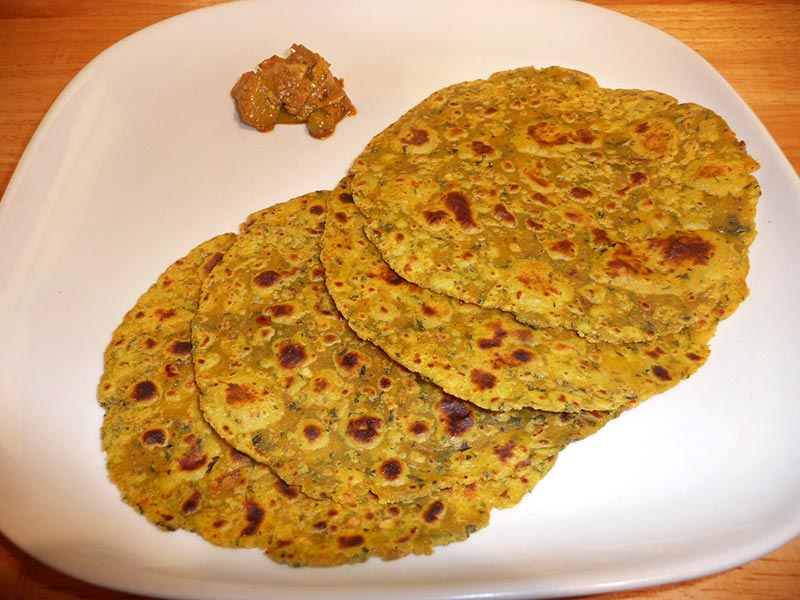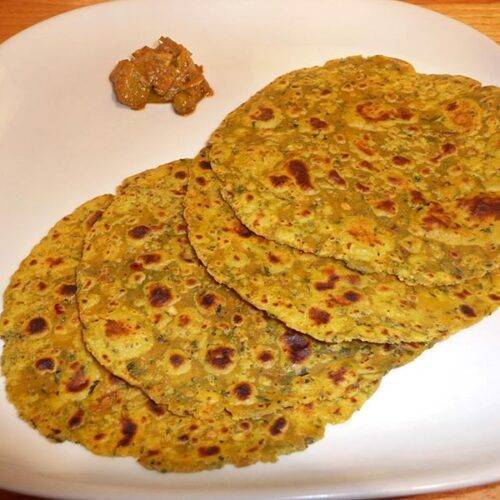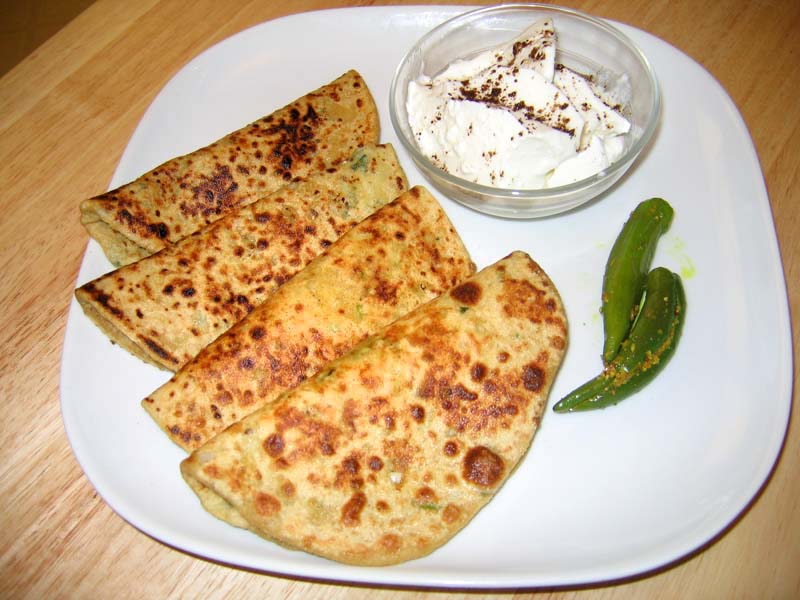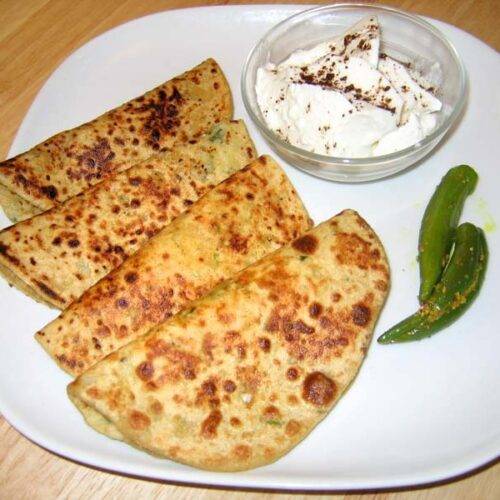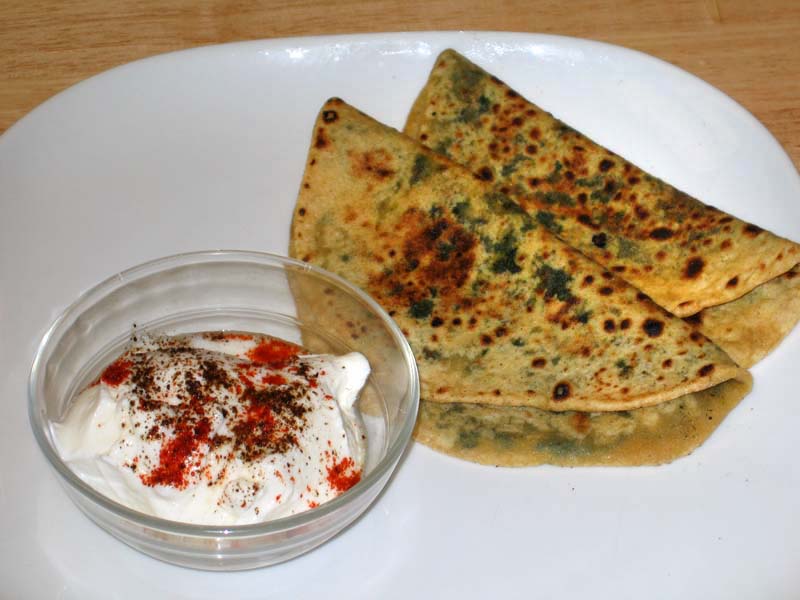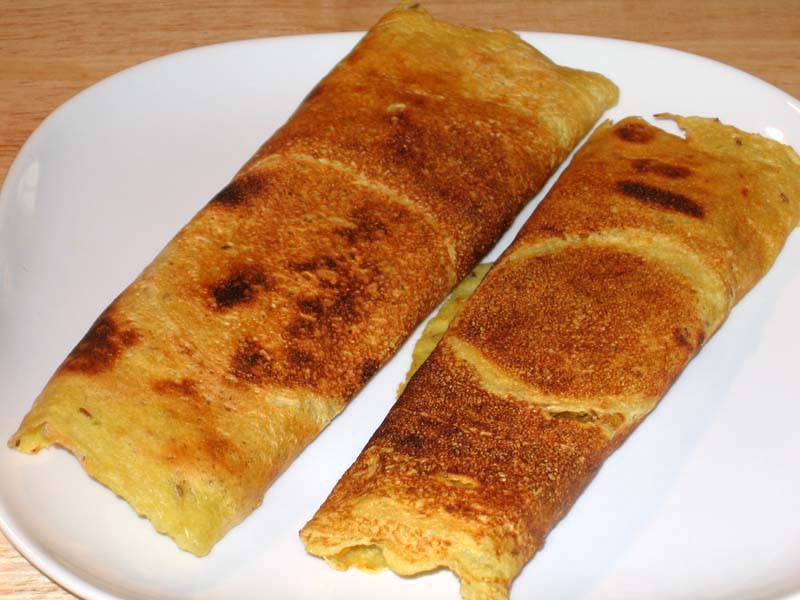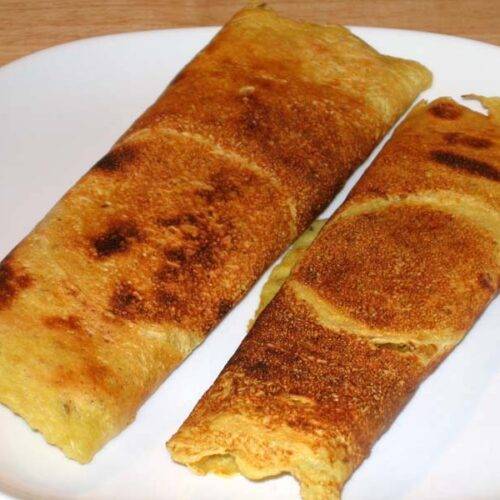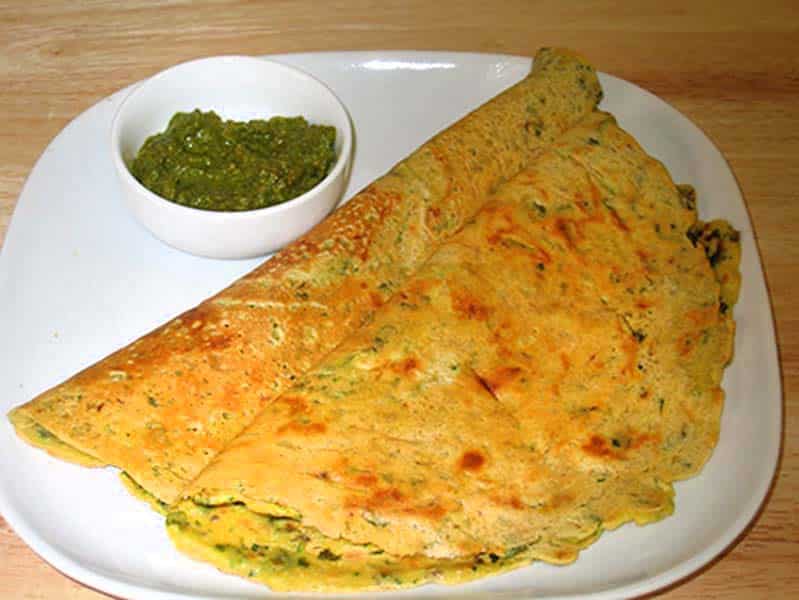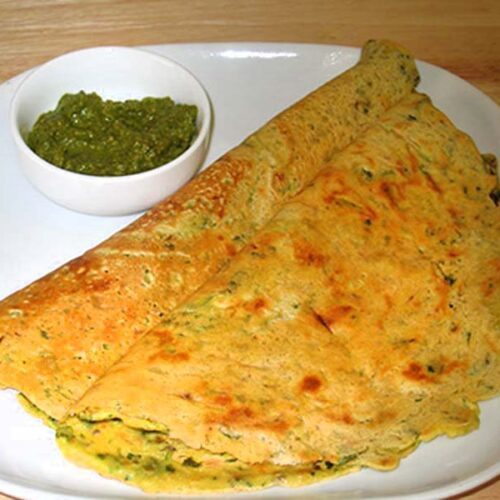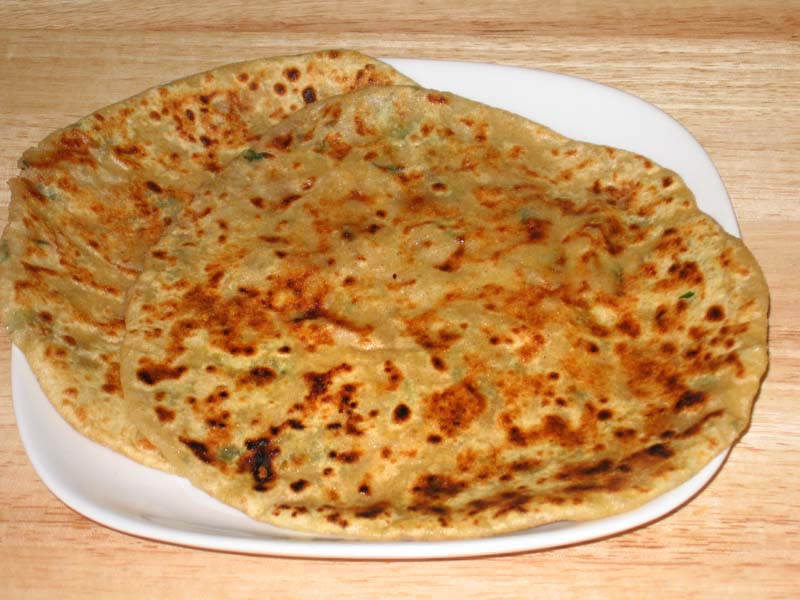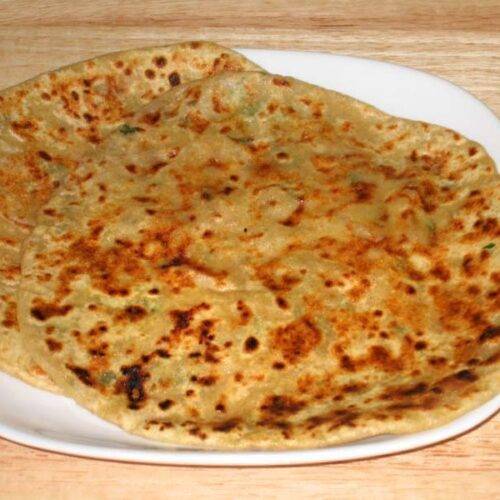The Joy of Breakfast Breads: Indian Vegetarian Delights
Introduction
Starting your day with a delicious and satisfying breakfast is essential, and breakfast breads are a fantastic way to ensure a nutritious and delightful morning meal. Indian cuisine offers a variety of breakfast breads recipes that are both vegetarian and flavorful, catering to diverse tastes and preferences. This article explores different types of breakfast breads, their recipes, and why they are perfect for a wholesome start to your day.
What Breads Are Good for Breakfast?
Indian cuisine boasts an array of breakfast breads that are not only delicious but also packed with nutrients. Some popular indian breakfast ideas include:
Paratha: A versatile flatbread that can be stuffed with various fillings like potatoes, paneer, or vegetables. A staple dish in the north indian recipes.
Thepla: A Gujarati flatbread made with whole wheat flour, fenugreek leaves, and spices, perfect for a nutritious breakfast.
Dosa: A crispy and savory dish in the South Indian recipes made from fermented rice and lentil batter.
Puri: A deep-fried bread that pairs wonderfully with potato curry or chickpea stew.
Chapati: A staple in Indian households, this unleavened flatbread is made from whole wheat flour and pairs well with any vegetable or lentil dish.
What Types of Bread Would Be Best for a Breakfast Sandwich?
For those who enjoy indian sandwiches, here are some best breakfast breads from Indian cuisine that make excellent choices:
Pav: Soft and fluffy, pav is often used in popular street foods like vada pav and pav bhaji.
Kulcha: This leavened bread is soft and can be stuffed with various fillings like paneer or potatoes.
Bhatura: A fluffy, deep-fried bread that pairs perfectly with chole (chickpea curry).
Akki Roti: A Karnataka specialty made with rice flour and mixed vegetables, ideal for a wholesome sandwich base.
Appam: A soft and spongy pancake made from fermented rice batter, often enjoyed with coconut milk or vegetable stew.
Breakfast Breads Recipes
Exploring breakfast breads recipes from Indian cuisine can be an exciting culinary journey. Here are some easy and delicious recipes to try:
Easy Breakfast Breads: Thepla
Mix whole wheat flour, fenugreek leaves, yogurt, and spices to form a dough.
Roll out the dough into thin circles and cook on a hot griddle until golden brown on both sides.
Easy Breakfast Breads: Paratha
Prepare a filling with mashed potatoes, spices, and herbs.
Roll out dough circles, place the filling in the center, and fold the edges to seal.
Roll out again and cook on a hot griddle until golden brown.
Easy Breakfast Breads
When you’re short on time but still want a nutritious breakfast, easy breakfast breads from Indian cuisine are the way to go. Some simple options include:
Chapati: Quick and easy to make, chapatis can be enjoyed with various vegetable curries or dals.
Dosa: Prepare the batter in advance, and you’ll have a quick breakfast ready in minutes.
Puri: Though it requires frying, puris are quick to make and pair well with potato curry.
Bread Upma: A quick stir-fry of bread pieces with vegetables and spices, perfect for a busy morning.
Idli: Soft and fluffy steamed cakes made from fermented rice and lentil batter, served with chutney and sambar.
Best Breakfast Breads
The best breakfast breads are those that offer a balance of taste and nutrition. Here are some top picks from Indian cuisine:
Thepla: Nutritious and flavorful, theplas are perfect for a healthy breakfast.
Paratha: Versatile and satisfying, parathas can be filled with various ingredients.
Dosa: Crispy and light, dosas are a popular choice for a wholesome breakfast.
Chapati: Simple yet delicious, chapatis are a staple in Indian households.
Pav: Soft and fluffy, pav is perfect for making breakfast sandwiches.
Breakfast Breads Recipes for Special Diets
For those with dietary restrictions, there are plenty of breakfast breads recipes in Indian cuisine that cater to different needs:
Gluten-Free Dosa: Made with rice and lentils, dosas are naturally gluten-free and delicious.
Vegan Thepla: Use plant-based yogurt to make vegan theplas, which are just as tasty as the traditional version.
Keto Paratha: Use almond flour and flaxseed meal to make a low-carb version of paratha.
Paleo Chapati: Substitute whole wheat flour with coconut flour or almond flour for a paleo-friendly chapati.
Low-Sugar Idli: Reduce the amount of rice in the idli batter and increase the lentils for a low-sugar version.
What Breads Are Good for Breakfast?
Indian cuisine offers a plethora of breakfast breads that are perfect for starting your day. Here are some more options to consider:
Aloo Paratha: Stuffed with spiced mashed potatoes, aloo paratha is a hearty breakfast option.
Methi Thepla: Made with fenugreek leaves, these theplas are packed with nutrients.
Ragi Dosa: A healthy version of dosa made with finger millet flour, known for its high nutritional value.
Missi Roti: A traditional flatbread made with chickpea flour and spices, perfect for a protein-rich breakfast.
Multigrain Chapati: Made with a mix of whole grains, multigrain chapatis are nutritious and delicious.
Conclusion
Indian cuisine offers a rich variety of breakfast breads that cater to different tastes and dietary needs. From easy breakfast breads like chapati and dosa to best breakfast breads like paratha and thepla, there are countless options to explore.
These breakfast breads recipes not only provide a delicious start to your day but also ensure you get the necessary nutrients to keep you energized.
So, whether you’re looking for something quick and easy or a hearty and satisfying meal, Indian breakfast breads have got you covered.
Explore more recipes on Manjula’s Kitchen and discover the joy of cooking nutritious and delicious food.

